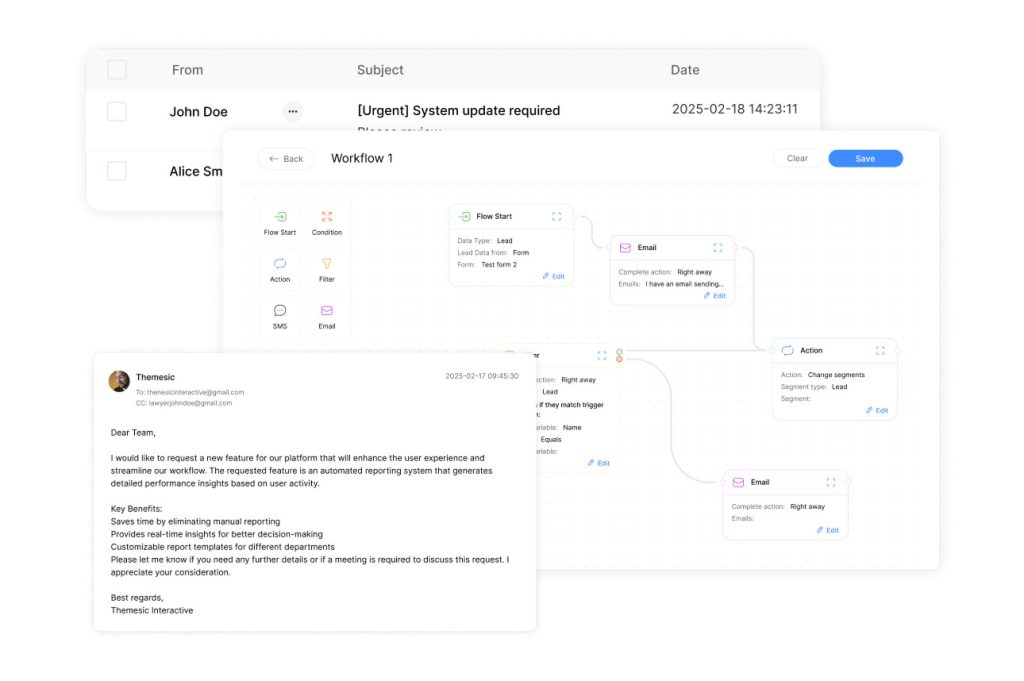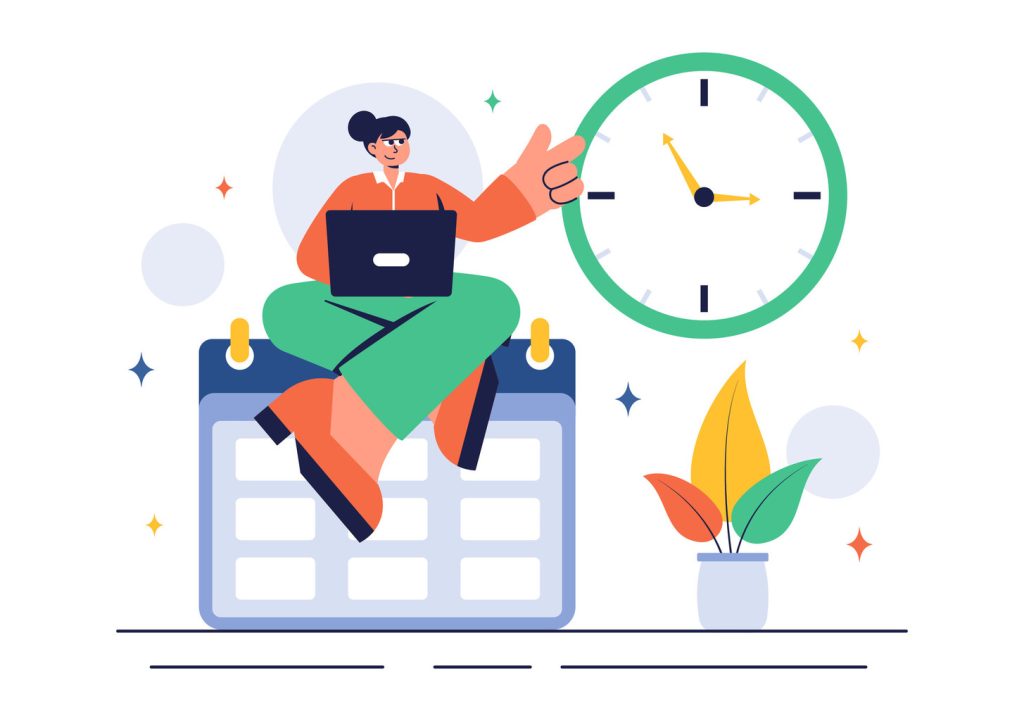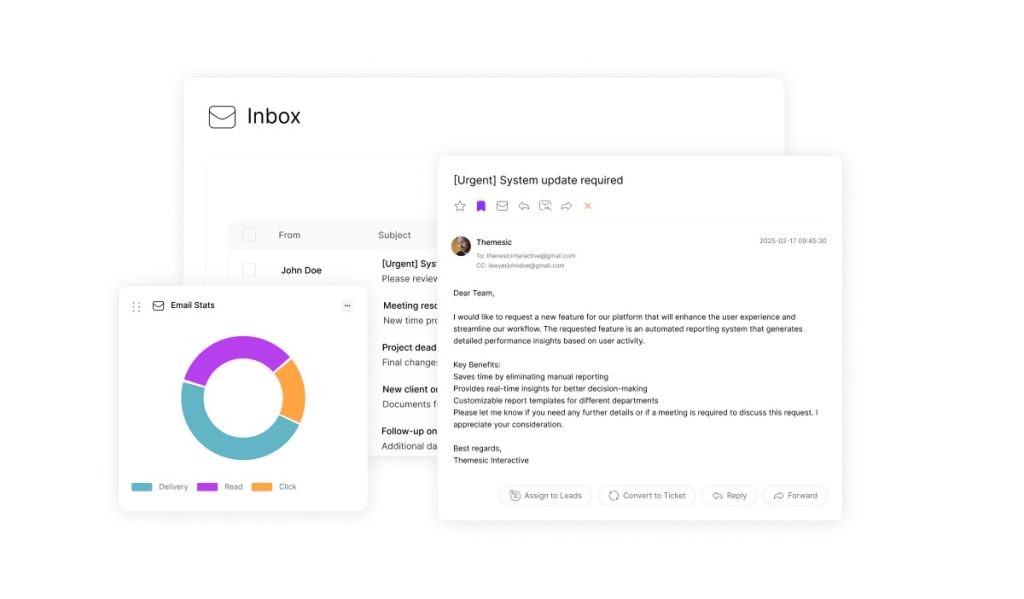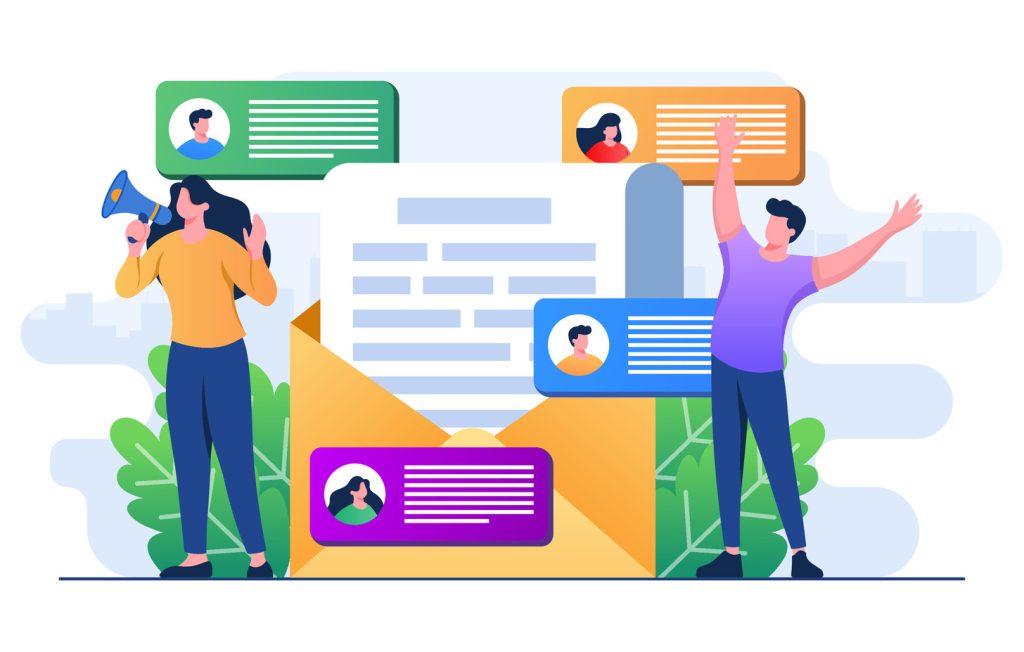Triggered And Time-Based Emails: Expert Best Practices

Modern businesses need precise messaging systems that adapt to customer behavior. Automated campaigns deliver real-time responses when users interact with brands, creating personalized experiences. Research shows these methods generate 18x more revenue than generic campaigns, with open rates soaring 70.5% higher.
Behavior-driven automation moves beyond basic newsletters. It responds to specific actions like cart abandonment or content downloads. This approach builds relevance through timing – messages arrive when customers are most engaged.
Combining instant triggers with scheduled follow-ups creates complete communication cycles. For example, a welcome sequence might start with an immediate confirmation message, followed by strategic check-ins. This dual approach balances urgency with relationship-building.
Effective systems require clear strategy alignment. Marketers must distinguish between reactive alerts and planned sequences. When executed well, automated campaigns increase retention by 35% while reducing manual workload.
Key Takeaways
- Automated behavioral responses boost engagement 152% over traditional campaigns
- Combining instant triggers with scheduled sequences maximizes conversion opportunities
- Personalized automation drives 35% higher customer retention rates
- Strategic systems reduce operational costs while scaling communication efforts
- Data shows revenue increases directly correlate with targeted messaging frequency
Understanding Triggered And Time-Based Emails
Effective communication systems adapt to customer patterns while maintaining strategic outreach. Automated messaging combines immediate reactions to digital activity with planned follow-ups, creating balanced engagement cycles.
Behavior-Driven Automated Responses
Action-activated messages deploy when customers complete specific tasks. Examples include post-purchase confirmations or cart reminders. These communications leverage real-time data to address user needs during peak interest moments.
| Feature | Behavior-Triggered | Scheduled Sequences |
|---|---|---|
| Initiation | User activity | Calendar dates |
| Timing | Instant (0-24 hours) | Fixed intervals |
| Personalization | High (action-specific) | Moderate (segment-based) |
| Conversion Lift | 42% average | 28% average |
Scheduled Outreach Mechanics
Pre-planned sequences maintain contact during inactive periods. Onboarding campaigns often use this method, delivering educational content days after sign-up. Nearly 80% of SaaS providers rely on scheduled messaging for customer education despite advanced growth stages.
Combining both approaches creates adaptive systems. Immediate responses capture attention while scheduled follow-ups nurture relationships. This dual strategy addresses 93% of customer journey touchpoints effectively.
Benefits of Integrating Triggered Emails Into Your Campaigns

Marketing strategies achieve maximum impact when messages align with user behavior. Automated systems that respond to specific interactions create measurable advantages across customer lifecycles.
Higher Open Rates and Personalized Engagement
Behavior-driven communications achieve 35.64% average open rates – 70.5% above standard newsletters. Recipients engage 3x faster with content matching recent actions, like abandoned carts or downloaded resources. “Messages arriving at peak interest moments convert 42% more effectively,” notes a 2023 marketing automation study.
Click-through rates jump 152% when content reflects demonstrated preferences. This relevance builds emotional connections, increasing repeat purchases by 18x compared to generic campaigns. Businesses gain actionable insights from response patterns, refining future outreach without manual analysis.
Key advantages include:
- 35% retention improvement through timely, value-driven follow-ups
- 18:1 revenue ratio over broadcast messaging
- Scalable personalization reducing operational costs
Optimized systems automatically adjust sender reputation based on engagement metrics. This creates compounding returns – higher opens improve deliverability, making all campaigns more effective.
Strategies for Action-Based and Behavioral Targeting
Strategic engagement thrives when businesses align outreach with customer activity patterns. By connecting messages to specific behaviors like account sign-ups or product page visits, companies deliver hyper-relevant content at decision-making moments. This approach converts 42% more effectively than generic campaigns, according to recent marketing studies.
Mapping Customer Journey Triggers
Journey mapping identifies critical moments where automated interventions prevent drop-offs. For example, users who view pricing pages three times without purchasing often respond to targeted offers. Analysis shows these timely nudges recover 18% of potential lost sales.
Key behavioral signals include:
- Cart additions without checkout completion
- Repeated content downloads
- Extended inactivity periods exceeding 30 days
First-time purchasers receive different follow-ups than repeat buyers. Brands using purchase history data see 35% higher repeat order rates. Cart abandonment emails remain particularly effective, converting 28% of recovered carts when sent within 4 hours.
Cross-device tracking strengthens targeting by revealing hidden patterns. A user researching products on mobile often completes purchases via desktop. Systems recognizing these connections achieve 23% higher conversion rates through coordinated messaging.
“Companies mapping five+ journey stages see 2.7x greater campaign ROI than those using basic triggers.”
Inactivity periods create re-engagement opportunities. Automated sequences offering personalized discounts reactivate 19% of dormant users. These campaigns work best when combining value propositions with clear expiration dates.
Balancing Triggered And Time-Based Email Approaches

Successful customer engagement requires strategic coordination between instant responses and planned outreach. Marketing teams achieve optimal results when combining behavioral signals with scheduled sequences. This dual approach maintains relevance without overwhelming recipients.
Smart Automation for Unified Campaigns
Modern tools enable synchronized communication flows. Platforms like HubSpot and Marketo allow marketers to create rules preventing multiple messages within 24 hours. Automation features analyze send frequencies, adjusting schedules based on individual engagement patterns.
| Strategy | Behavior-Driven | Calendar-Based | Hybrid Approach |
|---|---|---|---|
| Timing | Immediate (0-4hr) | Fixed schedule | Adaptive intervals |
| Personalization | Action-specific | Segment-based | Dynamic content |
| Best Use Case | Cart recovery | Newsletters | Onboarding flows |
| Conversion Rate | 42% | 22% | 34% |
Trial period campaigns demonstrate effective balance. Prospects receive immediate feature guides after sign-up, followed by weekly milestone check-ins. This combination achieves 28% higher conversion than single-method approaches.
Wait periods between messages prove critical. Systems automatically pause sequences if users trigger multiple actions. “Our trial conversion rate jumped 19% after implementing cooldown rules,” reports a SaaS company’s marketing director.
Strategic planning prevents message conflicts. Teams should map all customer journey points before building workflows. Regular audits ensure campaigns remain aligned with evolving user behavior patterns.
Best Practices for Crafting Compelling Email Content
Effective email communication hinges on delivering tailored messages that resonate with individual recipient needs. Businesses achieve maximum impact by combining behavioral insights with technical precision, creating content that converts while maintaining brand integrity.
Personalization and Relevant Messaging
Advanced personalization moves beyond basic name insertion. Reference specific actions like abandoned cart items or recently viewed products. One retail brand increased conversions 28% by including purchase history recommendations in follow-up messages.
Subject lines remain critical engagement drivers. Marketing data shows 65% of professionals consider them the top factor influencing open rates. Effective examples use urgency (“24-hour flash sale”) or curiosity (“Your cart misses you”).
| Element | Standard Approach | Optimized Strategy | Impact |
|---|---|---|---|
| Subject Line | Generic (“New Products”) | Action-specific (“Complete Your Purchase”) | +41% opens |
| Content | Mass promotions | Personalized discounts | +33% CTR |
| CTA Design | Multiple options | Single focused action | +27% conversions |
Designing Mobile-Friendly and Clear CTAs
Over 60% of emails are opened on mobile devices. Responsive layouts with thumb-friendly buttons outperform desktop-optimized designs by 19%. Ensure click targets measure at least 48×48 pixels.
Clear CTAs eliminate decision fatigue. A SaaS company boosted trial conversions 22% by simplifying their email goal: one primary button contrasting with background colors. Social proof elements like user testimonials nearby increased credibility.
Brand consistency across messages builds trust. Use standardized color schemes and typography while adapting content to customer journey stages. Strategic discount offers work best when paired with expiration dates and purchase history relevance.
Tools and Technical Considerations for Implementation

Implementing behavior-responsive campaigns demands robust technical infrastructure. Many organizations struggle with aligning marketing goals and product capabilities, creating operational friction. Over 67% of SaaS teams report delayed campaign launches due to integration challenges.
Selecting the Right Marketing Automation Platform
Platform choice directly impacts campaign success. Marketing teams should prioritize integration depth over flashy features. Systems requiring minimal coding reduce developer dependency by 41%, according to recent martech surveys.
| Platform | Integration Depth | Trigger Support | Scalability |
|---|---|---|---|
| HubSpot | Pre-built connectors | Basic event tracking | Mid-market |
| Marketo | API-heavy | Advanced workflows | Enterprise |
| Braze | Real-time SDKs | Multi-channel triggers | High-volume |
Behavioral data synchronization remains a critical hurdle. Platforms with unified customer profiles reduce data gaps by 38%. Developers often need to build custom connectors for product-specific events like feature usage or trial expirations.
Scalability challenges emerge as user bases grow. Systems handling 10M+ monthly events without latency ensure consistent campaign delivery. Look for platforms offering real-time data processing and automated load balancing.
“Teams using platforms with visual workflow builders launch campaigns 3x faster than those relying on code-based solutions.”
Training requirements impact adoption rates. Tools with intuitive interfaces reduce onboarding time by 52%. Prioritize solutions offering guided tutorials and sandbox environments for testing trigger logic.
Real-World Examples and Expert Tips

Leading brands demonstrate how strategic automation drives measurable results. By analyzing successful campaigns, businesses gain actionable insights for refining their approaches.
Successful Campaign Case Studies
Tarte Cosmetics boosts first-time purchases with welcome email sequences offering immediate discounts. Their eye-catching designs and clear CTAs achieve 38% higher redemption rates than industry averages. Chubbies recovers abandoned carts through interactive layouts – 63% of clicks return directly to checkout pages.
Birchbox’s re-engagement strategy offers choice-driven incentives. Customers selecting between curated boxes show 27% higher retention than those receiving generic offers. Warby Parker elevates conversions by showcasing stylist picks instead of pushing bestsellers, building trust through expert guidance.
Optimizing Email Triggers for Conversions
High-performing campaigns use urgency strategically. Limited-time discounts in cart recovery messages drive 42% faster purchases. Brands like Sephora personalize incentives based on cart value – higher baskets receive exclusive perks.
Key optimization tactics include:
- Testing subject lines referencing specific abandoned items
- Aligning discount amounts with customer lifetime value
- Segmenting trial users by activity levels for targeted nudges
Proven methods balance immediate value with long-term relationship building. Regular A/B testing ensures campaigns adapt to evolving consumer preferences while maintaining brand consistency.

